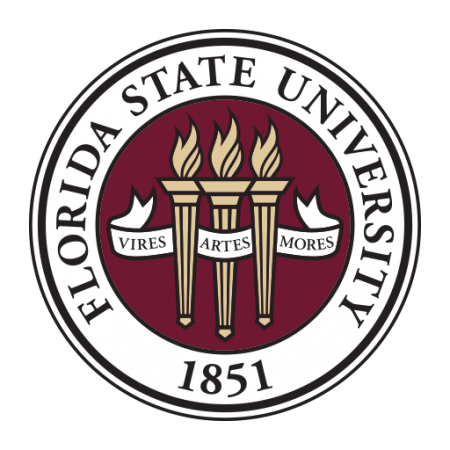
The Florida State University Department of Physics is launching a new bridge program designed to help underrepresented minority students achieve a master’s degree in physics and then move on to a doctoral program.
The program, being launched this summer, will provide tuition and a stipend to two graduate students per year who are interested in pursuing a doctorate in physics but need additional science and math course work to prepare them for the doctoral program. The students will also gain hands-on work experience through internships at the National High Magnetic Field Laboratory.
“Our main goal is to provide opportunities to highly talented minority students who would otherwise not have gone on to graduate school to pursue a Ph.D. in physics at FSU, or essentially any other physics Ph.D. program in the nation,” said Simon Capstick, professor of physics and the bridge program site leader at Florida State.
Funding for the program is being provided by the American Physical Society, which first launched physics bridge programs in 2012 at The Ohio State University and University of South Florida. Florida State University and California State University, Long Beach are only the third and fourth universities in the country to offer such a program in connection with APS.
African Americans, Hispanic Americans and Native Americans currently receive only about five to six percent of all physics doctorates given to U.S. citizens, according to APS.
APS will provide $68,000 per year for three years to support the program. That financial support will be supplemented by $10,000 from the MagLab for summer internships, tuition waivers from the Dean of Graduate Studies and teaching assistantships through the College of Arts and Sciences and the Department of Physics.
Capstick and fellow Department of Physics Professor Stephen Hill said the department had been working on increasing diversity in its graduate program over the past few years, specifically looking at recruiting tools, and advising and mentoring strategies.
That work prepared them to successfully apply for the funding through APS and launch the program, Hill said.
“We strongly believe that the physics graduate program can serve as a model for other departments on campus and across the nation,” Hill said. “Meanwhile, the goal of the APS Bridge Program is to increase the number of physics degrees awarded to minority students. The proportion of minority physics doctoral degrees is currently way below the national demographics, and even far below the proportion who receive physics bachelors degrees.”
The Florida State program will be a two-year master’s program, which began July 1 when students started an internship at the National High Magnetic Field Laboratory. The students will continue with course work in the fall.
The ultimate goal, of course, is for the students to then be “bridged” to either the doctoral program in physics at Florida State or another university.
College of Arts and Sciences Dean Sam Huckaba said that the new program is a huge boost to the physics program.
“The funding of the APS Bridge Program grant is a timely bonus for the Department of Physics and the MagLab as they continue to recruit under-represented minorities to Florida State University,” Huckaba said. “I was very pleased to learn of their success.”



